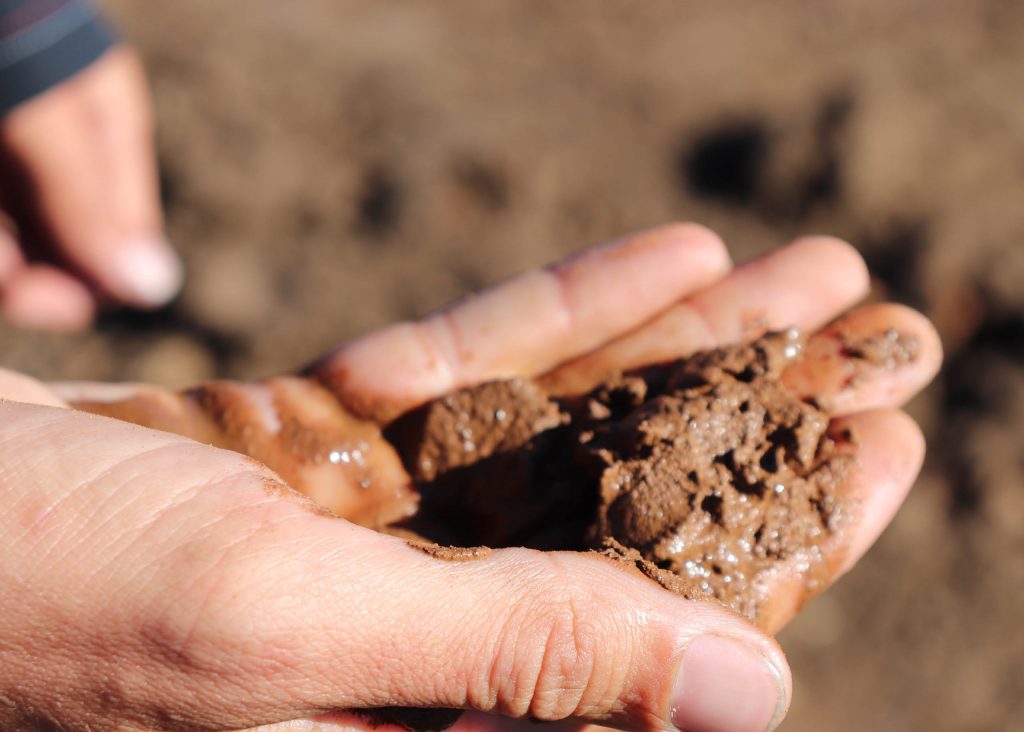How to Get Rid of Bahia Grass (Paspalum) in Your Lawn
One of the toughest grassy weeds to control in home lawns across Australia is ‘Paspalum’ (Paspalum notatum) which is an aggressive grower that’s also incredibly resilient ...

Whether it’s knowing What Soil Type You Have, Testing Your Soil’s pH Levels or being familiar with common soil amendments, having the best lawn on the street ultimately starts with having the healthiest and most bioactive soil, forming the building blocks of any lush, green lawn.
Soil amendment is the process of improving soil quality by adding materials, nutrients or minerals. This help your lawn absorb any exogenous chemicals and products you’re adding, retain moisture and support robust root systems. For Australian home lawns, amending soil deficiencies can lead to a greener, healthier yard that is more resilient to drought, foot traffic, and other stresses.
Soil amendment will vary from soil type to soil type and based on the climate in your region, but the results will be the same – healthy and thriving soil that’s stacked with nutrients leading to a healthier root system, and a lawn that will require less additional chemicals and products to achieve outstanding results.
 Amending your soil can be done using products that fall into one of two categories – organic and inorganic. Organic soil amendments have the benefit of boosting the soil’s biome using naturally occurring nutrients, however for more serious soil correction it can be necessary to tap into the fantastic and effective cutting edge products being synthesised and sold in the inorganic market.
Amending your soil can be done using products that fall into one of two categories – organic and inorganic. Organic soil amendments have the benefit of boosting the soil’s biome using naturally occurring nutrients, however for more serious soil correction it can be necessary to tap into the fantastic and effective cutting edge products being synthesised and sold in the inorganic market.
Organic soil amendments rely on decaying or nutrient rich organic matter to add beneficial nutrients like nitrogen or soil microbes in to boost soil quality. Gypsum, peat moss, lime and sulphates are other examples of naturally occurring soil amendments that address issues like drainage and composition, pH levels and acidity.
Inorganic soil amendments are man-made products designed to emulate or improve on the efficacy of naturally occurring soil amendments. They are formulated in labs and apply extensive research and testing to generate products that are amazingly effective, and correct issues that previous generations of lawn lovers had no solution for. They may not be as nutrient dense as organic soil amendments, but can be highly specialised and solve specific problems like using Humic and Fulvic Acid to improve nutrient uptake and bioavailability in the soil.
Different soil types will need different amendments, and different amendments address different issues. Let’s take a look at a few common problems and how to fix them:
If you’ve tested your soil’s pH and it’s come back as acidic then a product like Lime to correct your pH. Acidic soils can struggle to effectively use Nitrogen, Phosphorus and Potassium – the N, P and K numbers on the front of your fertiliser, so correcting this issue is a must.
Clay soil can be broken down using Gypsum, which differs slightly to its soil amendment bed fellow Lime. You can read more about how the two work together in This Article we’ve published previously. As well as breaking down clay, Gypsum can also work to correct Calcium deficiencies and stop soil crusting – the top 5-10mm of the soil becoming dry and hard like cake icing.
Sandy soils can have trouble with nutrient wash, where the products you’re adding simply slip through the well-draining sandy soil layer. Adding organic matter to sandy soils can help with nutrient retention, so consider using an 80/20 sand/soil mix to top dress your sandy soil with, and then add organics by using products like Peat Moss, compost or liquid products like LawnPride’s Tracemaxx liquid fertiliser that’s stacked with essential micronutrients that aren’t often including in commercially available liquid fertilisers, or their KELP-ER kelp-based biostimulant.
As a rule of thumb, soil amendments should be part of your lawn care schedule at least once a year. Testing your soil’s pH and nutrient levels every 1-2 years can guide you on what amendments are necessary, and save you money by decreasing the amount of products needed to achieve the best lawn in the street.
Spring is often the ideal time for soil amendments in Australia, as this prepares the lawn for active growth. For highly compacted or nutrient-poor soil, consider more frequent amendments or targeted applications to build up soil health over time.
Whether it’s simply applying a granular fertiliser or taking a more active interest in your soil health, we’re all amending our soil to one degree or another. A better understanding of this practice will help you bring out the best in your lawn, not only improving it’s look but it’s tolerance and overall vitality.
myhomeTURF’s online store has a wide range of lawn care and maintenance products to help you keep your soil looking its best.